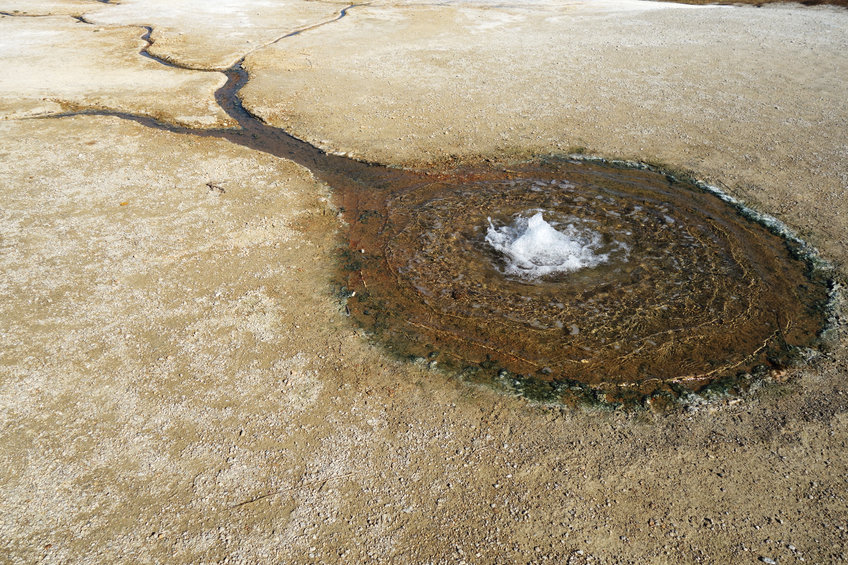What Is A Wellfield Protection Area?

You’ve found a piece of land that you’re interested in buying and developing. While doing your due diligence, you find out that it is located within a wellfield protection area. What does this mean and how will it affect your development of the land?
A wellfield protection area is an area where surface water seeps into the ground then into the aquifer and recharges the wells within the protection area. This adds potable water to the water supply system in the area. It is also defined as an area where a permitted well is pumping 100,000 gallons of potable water out of the ground per day.
States are required to get approval from the EPA in accordance with the Safe Drinking Water Act (SDWA) for delineation of wellfield protection areas. Wellfield protections areas are divided up into zones and are categorized based on how long it takes the water in the area to get into the aquifer then into the local wellheads.
What are the Wellfield Protection Area zones?
Wellfield protection areas are broken up into 4 zones. These zones are regulated by county boards of supervisors or commissioners. The zones are categorized by the time it takes water in the aquifer to travel into the wellhead where it is pumped out and sent for treatment. The zones are as follows:
Zone 1
This zone has a 30-day travel time between the aquifer and the wellhead. Within this area, using, handling, storing, and producing hazardous and toxic substances is prohibited.
Zone 2
This zone has between a 30-day to 210-day travel time between the aquifer and the wellhead. Permits are required for activities within this zone along with secondary containment and groundwater monitoring.
Zone 3
This zone has between a 210-day and 500-day travel time. Permits required and secondary containment. Some activities will be limited.
Zone 4
This zone is an area within a 1 foot drawdown. Permits are required for activities in this area and secondary containment.
Click here for more complete information from the Miami – Dade County website.
How to Delineate Groundwater Sources Within the Wellfield Protection Zone
Installing a drinking water system requires an understanding of surface-to-ground interactions and the underground water flow. This is necessary to map out the boundaries to protect groundwater sources. This information helps real estate developers to identify the areas where there might be discharged pollutants that could filter through the groundwater and its surface.
There are various methods used to delineate groundwater-based Source Water Protection Areas (SWPA) within the US wellfield protection zones. But first, one must have a full understanding of the zones. This will help in navigating the potable drinking water systems farther away from high-risk areas that might contaminate the water sources. To increase the accuracy of mapping the groundwater sources, there are standard methods to be implemented.
Arbitrary Radial Distance
One of the most straightforward ways to delineate a wellfield protected area method is by marking circles with an arbitrary fixed radius near the well. Evaluating the hydrogeological conditions surrounding the area helps in determining the radius of the circle.
Calculated Fixed Radius
This procedure is done by estimating the circular area surrounding the wellfield that overlays the groundwater. As the name indicates, the fixed radius depends on the travel time of the groundwater from the edge until it circles back up to the well.
Hydrogeologic Mapping
This mapping method requires experts in the field to check into the geophysical and geological areas to map out the delineation areas. This method is used when an area has complex geological formations because of its accuracy in identifying the flow of water contaminants and groundwater.
Click here for a more detailed description of delineation within an SWPA.
Do you want to know if your property is within the Wellfield Protection areas in the US?
In order to protect the state’s resources, inspections are implemented to identify if there is a potential source of contamination. Understanding how important it is to analyze if your property is in the protection zone will help you on your real estate journey. Contact a trusted partner to prepare you before venturing into the world of real estate. Contact us today to guide you with your real estate journey.



